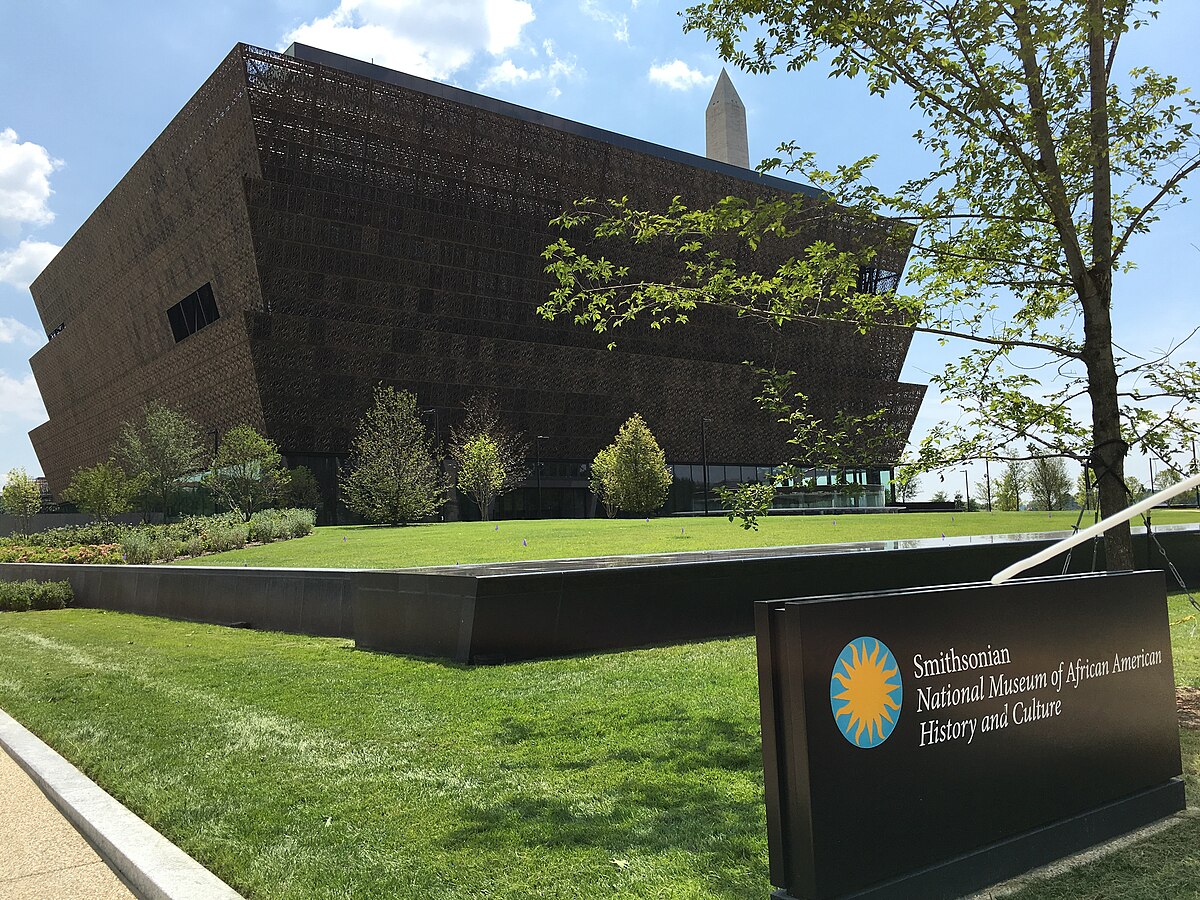-
Smithsonian Museum Project카테고리 없음 2020. 3. 11. 17:44
The 3D Program is a small group of technologists working within the. We focus on developing solutions to further the Smithsonian's mission of “the increase and diffusion of knowledge” through the use of three-dimensional scanning technology, analysis tools, and our distribution platform. This work is already transforming core functions of our museums. Researchers in the field can now come back not only with specimens, but also 3D data documenting entire sites.
Curators and educators are using 3D data as the basis for telling stories and sending students on quests of discovery. Conservators are using 3D data to track the condition of a collection item over time using 3D deviation analysis tools, showing exactly what changes have occurred to an object.
To say that we have a large job facing us is an understatement. The Smithsonian has more than 155 million unique artifacts and specimens; 3D scanning collections of these objects will be no small task.
The challenges presented by these collections are many, from the variation in the shapes, sizes, textures and fragility of items, each of which presents its own issues, to changing scanning technologies and the ever increasing numbers of collection items, weare set up for some daunting opportunities. Even if we were to scan those items at the wildly unrealistic rate of one per minute, 24 hours a day, 365 days a year it would take us over 300 years. We’ve been learning how to overcome these challenges by doing significant work to create and test scanning workflows. Over the past few years, we’ve progressed from doing one-off 3D scanning projects, to more complex single projects (such as the space Shuttle Discovery and Tyrannosaurus Rex ), to small sets of items. Now we’re moving into a new phase: developing strategies and processes for high-throughput 3D digitization that can allow us to capture entire collections of objects. Leveraging the world's most advanced 3D scanning technology Because of the scale of our challenge, we are partnering with the world's most advanced technology firms, collaborating on ambitious projects.
Our hope is to help the Smithsonian share its collections with new audiences and find better ways to accomplish its mission, while giving our partners opportunities to develop new products and processes in automated, high-throughput, high-quality 3D scanning. A Maryland native, Jon Blundell is currently living out the assumption he made at the age of 6, that he would either be working at the Smithsonian, or become an astronaut. He chose the shorter commute.
The intervening years he spent going to school, working in the historic preservation trades, and participating in DC’s punk scene. At the DPO Jon spends his time producing 3D scanned models of Smithsonian objects to support conservation and research, and most importantly increase public access to the Smithsonian’s collections. Having grown up with the Smithsonian a Metro ride away, he is pleased to be part of the effort to share the institution’s vast collection with the world.


When he’s not uploading the Smithsonian’s collection to the Matrix he can be found dabbling in math, playing tabletop games, and climbing fake rocks. Joe Conrad joined the Smithsonian in 2017 as a 3D scanning and modeling specialist after working for several years in private industry.
/cdn.vox-cdn.com/uploads/chorus_image/image/50857913/history.0.jpg)
Joe is well-versed in both the natural sciences and the humanities, having earned a B.S. In Marine Science and a B.A. In History at Eckerd College in 2010.
His first exposure to 3D technology applied to questions in the field of Ancient Greek and Roman naval warfare as a graduate student in the Department of History at the University of South Florida where he completed his M.A. In Ancient History in 2013. He is excited to apply knowledge gained in the private sector to collections across the Smithsonian.
New York Smithsonian Museum
In his spare time, Joe enjoys Latin dance, independent and foreign film, examining US foreign policy, and weight training. Borne of polygons and fire, Meg joined the Smithsonian with a background in 3D modeling and traditional metalsmithing. After receiving her degree in Interdisciplinary Object Design from Towson University in 2012, she started with Smithsonian Exhibits (formerly the Office of Exhibits Central) making models and artifact mounts for exhibits. In 2015, Meg broke the LCD ceiling and joined the 3D team’s “laser cowboys” as the first cowgirl. Since then, she finds fulfillment digitizing the Smithsonian’s collections and forcing people to look at pictures of her 2 dogs, 4 chickens, and 2 ducks. Vincent Rossi hails from the great state of New Jersey. He has a BFA in sculpture from the University of the Arts in Philadelphia and Graduate level fine art study at Goldsmiths College/ University of London, England.
From 2004 to 2011, he worked as a sculptor, model maker and project manager for the Smithsonian's Office of Exhibit Central and helped produce and manage many Smithsonian exhibits. From 2011 to present Vince works as a 3D Program Officer for the Smithsonian's Digitization Program Office - building 3D capacity, developing 3D workflows and trying to live life to the fullest.